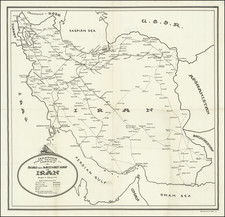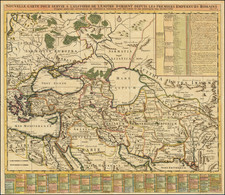Silk Road Trading Center of Qom From the Eye Witness Account of A French Traveller
Finely engraved view of the city of Qom from the account of Pierre Chardin.
In the late 14th century, the city was plundered by Tamerlane and the inhabitants were massacred. Qom gained special attention and gradually developed due to its religious shrine during the Saffavid dynasty. By 1503, Qom became one of the important centers of theology in relation to Shia Islam, and became a significant religious pilgrimage site.
One of the most important buildings in Qom during the Jamkaran Mosque, which was built in the 10th century and became a major center of Shia pilgrimage. The mosque is renowned for its holy well, which is believed to have miraculous powers, and it attracts thousands of visitors each year. Another important building in Qom during this time was the Fatima al-Ma'suma Mosque, which was built in the 9th century and is named after Fatima al-Ma'suma, the sister of the eighth Shia imam. The mosque is an important site of Shia devotion, and it is visited by millions of pilgrims each year.
In the 17th a, Qom was a center of religious study and scholarship, attracting students and scholars from all over the Muslim world. The city was home to numerous religious schools, or madrasas, where students could study the Quran, Islamic law, and other subjects. Qom was also home to many distinguished scholars and theologians who were respected throughout the Muslim world for their knowledge and expertise.
Pierre Chardin was a French jeweler and traveler who visited the Middle East in the 17th century. His "Voyages du Chevalier Chardin en Perse et autres lieux de l'Orient," is a valuable historical document. Chardin describes his travels to Persia, including his visit to the city of Kashan. He writes about the city's beautiful architecture, its thriving trade and commerce, and its skilled artisans. Chardin also discusses the culture and customs of the people of Kashan, providing insight into their way of life.









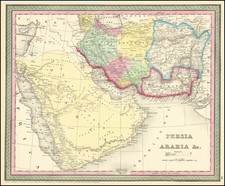
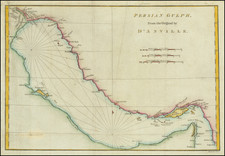
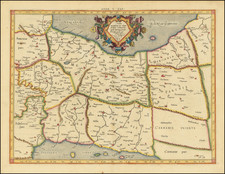
![Turquie d'Asie, Arabie, Perse, Caboul, Beloutchistan et Turkestan [Asia Minor, Arabia, Persia, Kabul, Baluchistan and Turkestan]](https://storage.googleapis.com/raremaps/img/small/94469.jpg)
